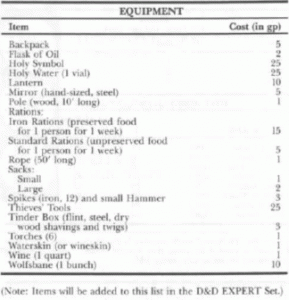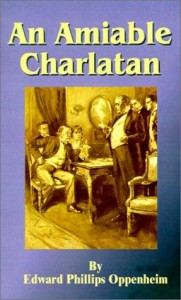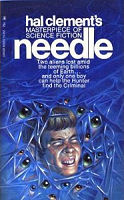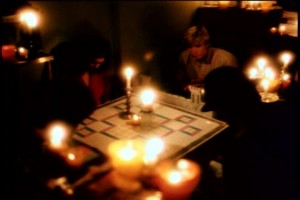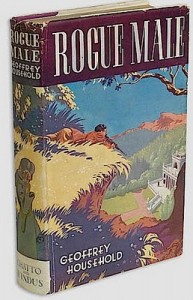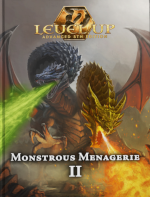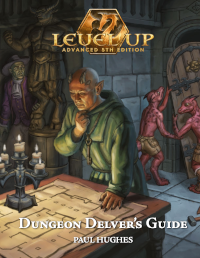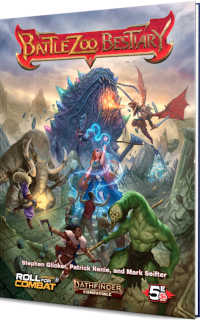D&D adventures based on a sentimental novel by the author of A Little Princess?
“There is a place,” said Fauntleroy, looking up at him with wide-open, horror-stricken eyes – “Dearest has seen it; it is at the other end of the village. The houses are close together, and almost falling down; you can scarcely breathe; and the people are so poor, and everything is dreadful! Often they have fever, and the children die; and it makes them wicked to live like that, and be so poor and miserable!
High-level D&D characters share a problem with Little Lord Fauntleroy’s grandfather (a crusty old aristocrat with a heart of gold). What the heck do you spend your money on?
3rd edition and early 4th edition D&D expects characters to buy their own magic items, but in other editions, it’s pretty easy to pile up piles of money and have nothing to spend it on. Besides money, D&D characters often accumulate honors (knighthoods, noble titles, etc).
Have a horrified NPC describe the miserable conditions on one of the PC’s new properties. It’s the PC’s responsibility to spend lots of money to fix things!
This might successfully drain money, but will it be FUN? It might be – if the DM imposes complications. People love to overcome complications. Maybe things don’t go well right away: someone is embezzling building funds, and the PCs need to find out who; or a criminal organization moves into the newly renovated village.
When everything has been worked out, the PC’s land becomes an idyll, and the PC starts getting some benefit from it. Maybe the PC gets rent income, or the ability to raise a loyal militia.
I wouldn’t run this as a full-scale adventure. Rather, I’d have this be a continuing mini-game where the PC make a few quick decisions every time they returned to town, either at the beginning of the session or maybe over email.

